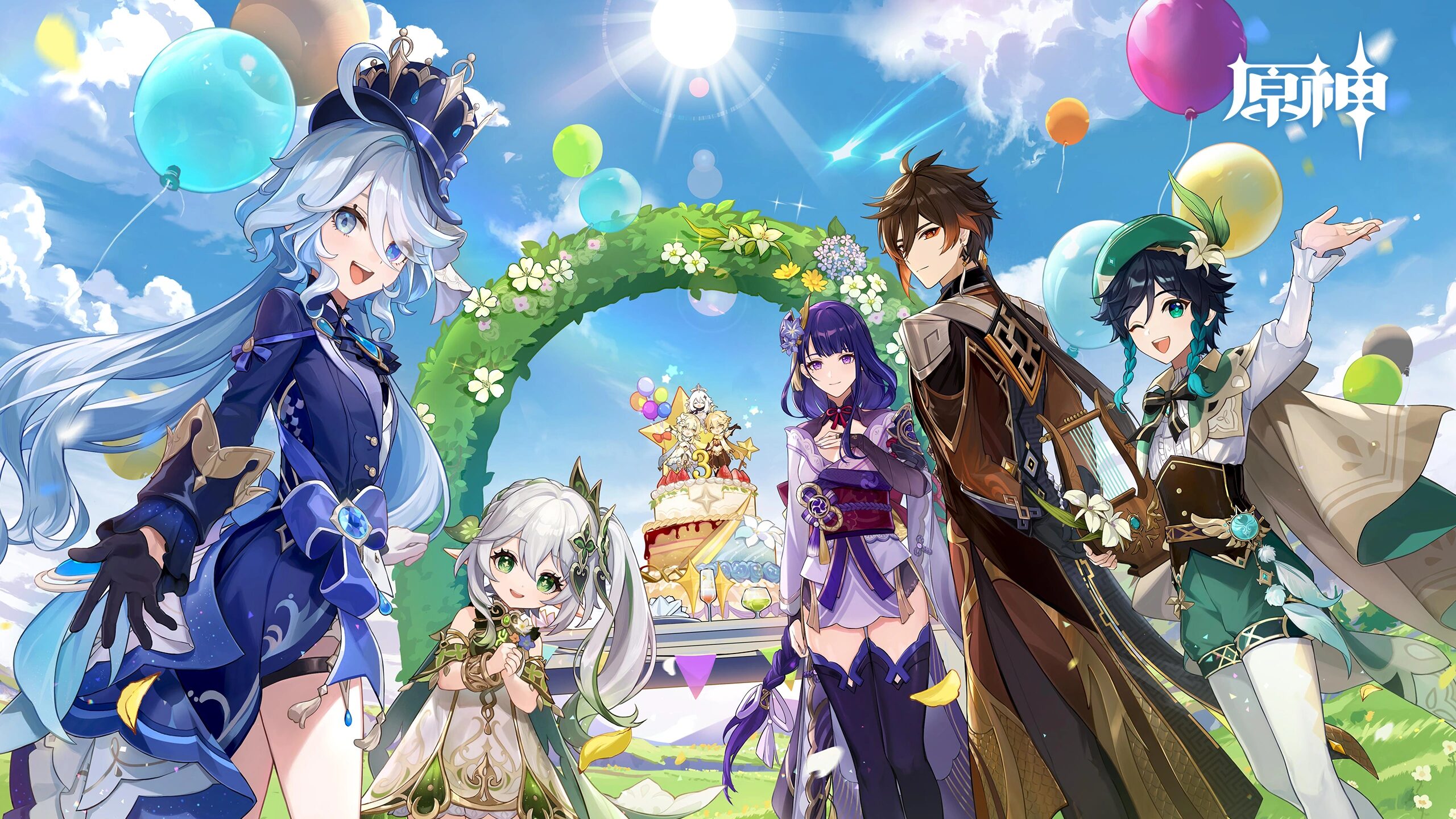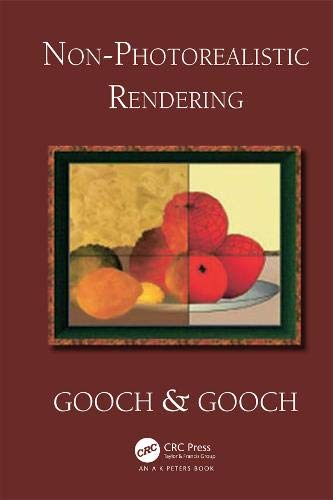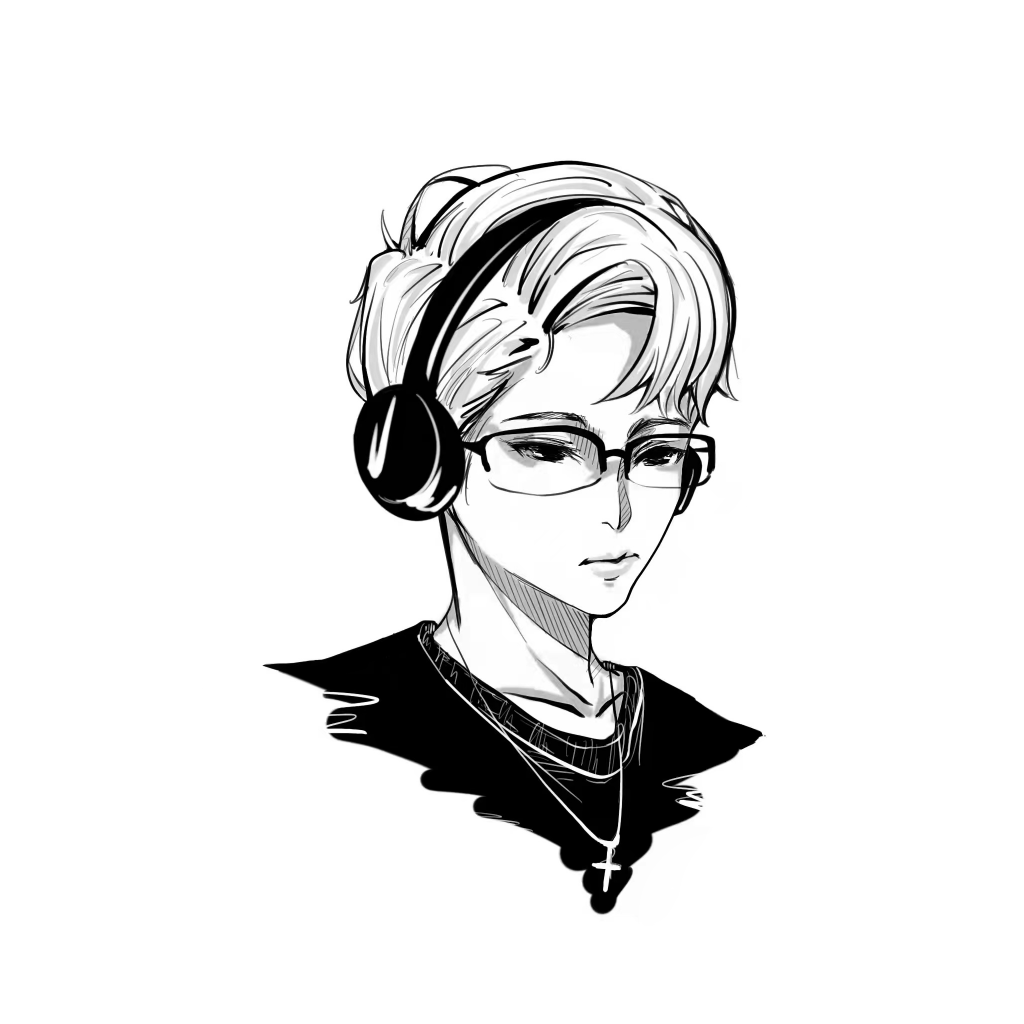Choosing a Critical Report Topic
As students of UAL, we all have to write critical reports. In order to complete it better as required by the school, I read the article “Choosing a Critical Report Topic”. This article reminds me to choose the topics that interest me and that the topics should neither be too broad nor too narrow. So I initially decided to focus my topic on the NPR 3D-to-2D style technology direction. The reason is very simple: I love playing games and I like the anime style.
Later, as I conducted more in-depth research, I found that this topic was still too broad. I should focus on a specific case. Therefore, I chose Genshin Impact, a Chinese game that has swept the world, as the object of my research. Meanwhile, I also found that I should raise “problematic questions” instead of stating the facts. This topic was a bit too inclined towards a technical description before. I’m not writing a textbook-style thesis; rather, I’m responding to my creative practice and the cultural background I’m in with words.

So in the end, I set the title as Stylised Realism in Genshin Impact_ How NPR Rendering Techniques Shape Anime Aesthetics and Player Perception.
Week 1–3: Framing the Question
My initial idea stemmed from a personal fascination with Genshin Impact’s visuals. Unlike many hyper-realistic AAA games, Genshin presents a painterly, hand-crafted world that immediately feels warm and familiar. I started by questioning what makes this aesthetic so appealing. At first, my thinking was more surface-level—cel-shading, outlines, colour palettes. But through seminars and discussions, I realised that I needed to go beyond the “how” and start investigating the “why.”
I began with some foundational reading in computer graphics and digital media theory. Gooch & Gooch’s Non-Photorealistic Rendering (2001) laid the groundwork for understanding the technical principles behind stylisation. At the same time, I revisited Manovich’s The Language of New Media, which helped me reframe NPR as not just a technical method but a new kind of visual rhetoric—one that prioritises expression over realism.
Week 4–5: Diving into Technical Aesthetics
This was the most technically demanding part of the project. I explored the specific NPR pipeline used in Genshin Impact, especially techniques like toon shading, edge outlining, and rim lighting. I found a valuable talk by Haoyu Cai (GDC, 2021), where the lead developers explained their vision of “stylised realism”—a term that perfectly encapsulates Genshin’s balance of 2D anime aesthetics and 3D spatial realism.
One of the most insightful moments was understanding how outline rendering works using depth and normal buffers to generate variable line thicknesses. It made me appreciate how much real-time rendering has evolved to accommodate stylised art, not just simulate the real world.
Through this, I also learned the limitations of stylisation—flat shading can reduce tonal nuance, and the contrast between characters and environment can sometimes disrupt immersion. This duality between expression and realism became a core theme in my writing.
Week 6–7: Cultural Context and Emotional Impact
With the technical foundation in place, I shifted my focus to the cultural and emotional dimensions of stylised rendering. Susan Napier’s work on anime as a symbolic system of global cultural identity was especially eye-opening. Genshin Impact isn’t just aesthetically Japanese—it’s developed in China, distributed globally, and received differently across cultural communities.
I began to see how NPR is used to bridge cultural gaps. Unlike photorealism, which can feel detached or cold, anime stylisation offers emotional intimacy. It invites players into a space that feels personal and imaginative. Through online forums, I discovered how deeply players connect to the characters—not just through narrative, but through animation style, facial expressions, and skill VFX that feel like mini-performances.
This section of the research made me reflect on my own experience as both a player and a visual artist. I realised that my aesthetic taste—my affinity for softness, colour harmony, and stylised exaggeration—was culturally informed. The visual world of Genshin offered a kind of emotional comfort, a “tenderness,” that felt distinct from the gritty realism of Western RPGs.
Week 8–10: Drafting, Critique, and Reflection
Writing the draft was a rigorous process. My biggest challenge was maintaining a critical tone while remaining true to my appreciation of the subject. During peer reviews, I received useful feedback on making my argument more analytical—less about admiration, more about impact. I revised sections to better emphasise the interaction between visual style and player experience.
In one part, I analysed how Genshin choreographs finishing moves by flattening skill animations to always face the camera. This is a subtle but deliberate blend of 2D and 3D logic. It shows how visual effects become narrative tools—tools that express climax, tension, and identity.
Another rewarding aspect was reflecting on player perception. While many praise the game’s beauty, some critique it for prioritising visuals over gameplay depth. This tension reminded me that visual language in games is never neutral—it always carries implications for interactivity, storytelling, and user engagement.
Week 11–12: Final Thoughts and Looking Ahead
Completing this project has changed how I view stylisation in media. NPR isn’t just an aesthetic choice—it’s a conceptual strategy. It challenges the dominance of realism and asserts that imagination, abstraction, and emotional resonance are just as valid in digital worlds.
As a VFX student at UAL, this research encouraged me to think critically about my own creative practice. How can I integrate NPR techniques into my future projects? How do I make stylistic choices that communicate both technically and culturally? And perhaps most importantly, how can I develop visual experiences that feel emotionally meaningful?
The process also revealed the risks of stylistic repetition. As successful as Genshin’s aesthetic is, it also sets a precedent that may lead to homogenisation. The future of NPR in gaming must therefore strike a balance between recognisable beauty and innovative experimentation.
Reference Collection
For the reference section, I have found many different materials to start the research, including research forum videos about developers, paper reports found on Google Scholar, and books on the principles of NPR rendering technology. I will start to summarize in the near future, browse these materials as a whole and then summarize, and finally start writing the report.


Additional Supplement
During writing stage, I listed the general framework based on the format requirements in the document, which is mainly divided into these parts:Introduction,Literature Review,NPR Rendering and Stylised Aesthetics in Genshin Impact,Visual Style Objectives,Toon Shading and Outline Techniques,Rim Light and Cinematic Staging,Player Perception and Cultural Engagement,Conclusion,Bibliography,Appendices.
Immediately after that, I searched for some information about Genshin Impact on Wikipedia.
Later, I found the video of the Genshin Impact developer’s lecture forum on YouTube and learned some of the principles of the technical implementation, which served as support for my research on 3D-to-2D rendering technology.
During the writing period, I was once too focused on the implementation principles of the technology and thus neglected the artistry, which led to my very slow progress. So in the end, I decided to rethink the structure of the thesis, refocus on the impact of NPR’s artistic aspects on players, and thus ensure that I adopt critical thinking to complete the entire article.


Leave a Reply